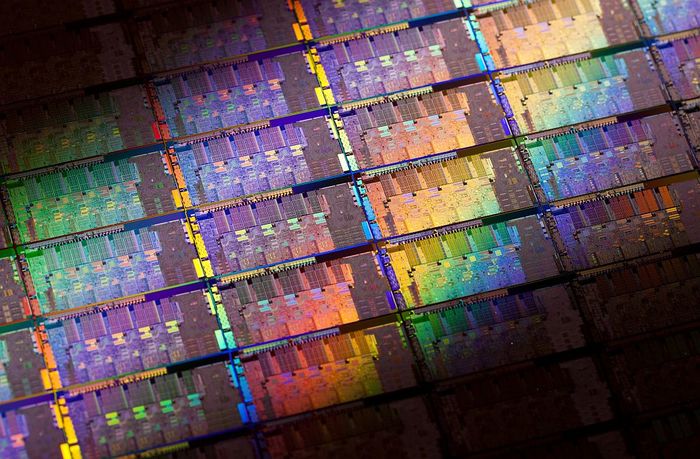
ARTIQ (Advanced Real-Time Infrastructure for Quantum physics) is an open source control system for laser-cooled trapped ion experiments, being developed for the Nobel prize-winning Ion Storage Group at NIST.
The system features a high-level programming language that helps describing complex experiments, which is compiled and executed on dedicated hardware with nanosecond timing resolution and sub-microsecond latency.
Technologies employed include Python, Migen, MiSoC/mor1kx, LLVM and llvmpy.
More information will be posted later!

Traditional gateware design with Verilog and VHDL is well known to be tedious and inefficient. M-Labs have developed Migen, a Python-based HDL and toolbox that addresses many of their issues and makes gateware design more productive.
Built on Migen, MiSoC provides a high performance, flexible and lightweight solution to build system-on-chips for various applications.


The Mixxeo is the first open source digital video mixer. It will support mixing from two DVI or HDMI sources up to 720p60, with crossfade, fade to black and other effects with a latency of less than two frames.

Milkymist One is a digital video synthesizer released in 2011. It produces real-time visual effects similar to those of MilkDrop, with the extra possibility to use a camera or other video sources as inputs.
It is based on a custom open source Verilog system-on-chip design that contains the LM32 soft CPU with many custom peripherals such as a SDRAM controller that went into space, a VLIW floating-point coprocessor and a 2D texture mapping accelerator.